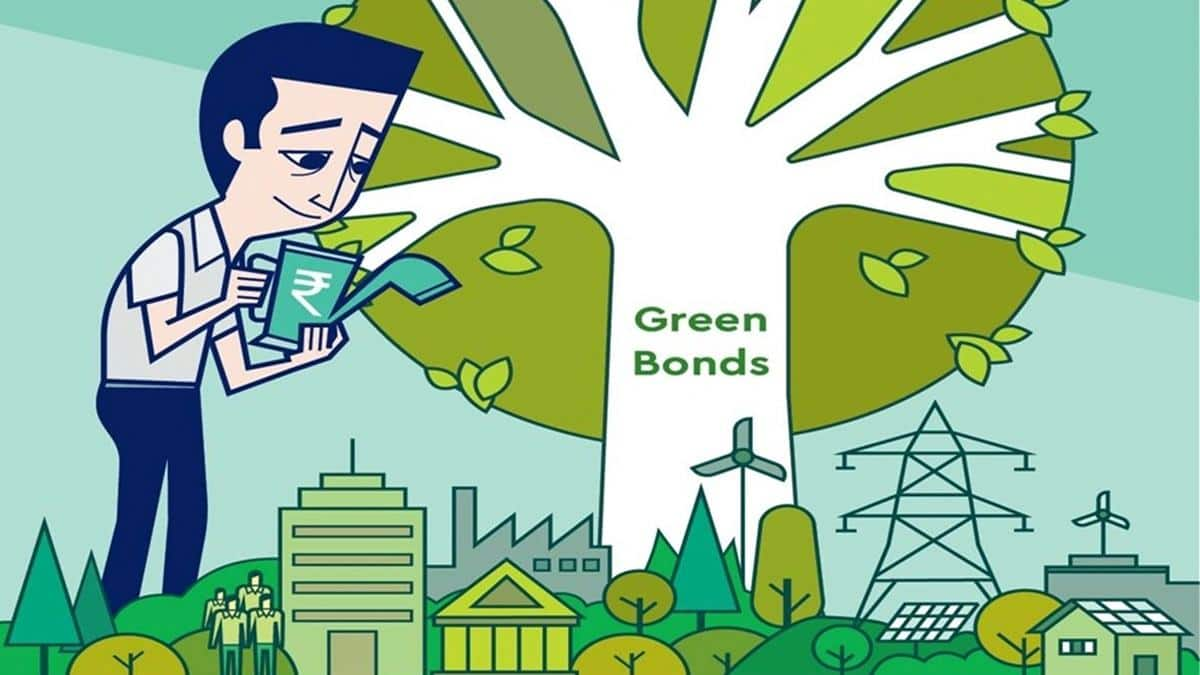Tax incentives unlikely for sovereign green bonds
The Centre is unlikely to offer any tax incentives for its maiden green bonds to be issued in the second half of the current financial year as it reckons that investor interest in them comes from green pledges by businesses and funds, rather than profit motives.
The rupee-denominated bonds, through which the government plans to raise Rs 20,000 crore-Rs 25,000 crore, will carry a coupon rate marginally lower than comparable government securities (G-secs).
“We are sure businesses and funds who want to invest in green technologies and ventures for their ESG (Environmental, Social, and Governance) goals will lap up the issue,” an official said, adding that higher interest rates and tax incentives would defeat the objective of such bond issuance to raise low-cost funds for long-term climate financing.
Despite lower returns, many investors set aside funds for investing in green projects as part of their ESG obligations. As sustainability disclosures by companies grow, such information could be used by banks, credit rating agencies and other financial institutions, along with financial information to assess the credibility of a business.
“As a part of the government’s overall market borrowings in 2022-23, sovereign green bonds will be issued for mobilising resources for green infrastructure. The proceeds will be deployed in public sector projects which help in reducing the carbon intensity of the economy,” finance minister Nirmala Sitharaman said in her Budget speech earlier this year.
Of the annual borrowing plan of Rs 14.31 trillion in FY23, the Centre was to borrow Rs 8.45 trillion from the market through dated securities in the first half of FY23 and the rest in the second half of the year. The second half borrowing calendar is expected to be announced by end-September and the green bonds will be part of it.
At the 26th Session of the Conference of Parties to the UNFCCC in Glasgow in November 2021, Prime Minister Narendra Modi declared that India will achieve the target of net-zero emissions by 2070, meaning its greenhouse gas emissions will be less than the total removal and absorption of emissions.
Also Read: Mcap of 7 of top 10 most valued firms climb over Rs 1.33 lakh crore; TCS, Reliance lead gainers
According to CEEW Centre for Energy Finance, India would need cumulative investments of $10.1 trillion to achieve net-zero emissions by 2070. Of this, $8.4 trillion would be required to significantly scale up generation from renewable energy and associated integration, distribution and transmission infrastructure. Another $1.5 trillion need to be invested in the industrial sector for setting up green hydrogen production capacity to advance the sector’s decarbonisation.
Recently, Reserve Bank of India (RBI) governor Shaktikanta Das said the central bank and the government are working on a framework to issue sovereign green bonds in line with global standards.
Given the nascent green bond market of India, the sovereign green bond issuance will likely set a benchmark for corporates raising ESG funds for their green projects as well.
“The sovereign green bond auction results are likely to act as a benchmark for the future issuance by the private sector entities in the domestic green bond market,” said Anil Gupta, vice-president, Icra.
Globally, investors are following United Nation’s suggested Sustainable Development Goals (SDG) for assessing the right kind of returns on their investments.
Green bonds are meant for institutional investors, including mutual funds that have a mandate to invest in sustainable projects and companies around the world.
Under the Securities and Exchange Board of India’s (Sebi) norms, 1,000 top listed companies are required to prepare “Annual publishing of Business Responsibility Report”, covering their activities related to environment and stakeholder relationships. Not necessarily these companies will invest in bonds as they have their own green projects and raise funds through private green bonds as well.
